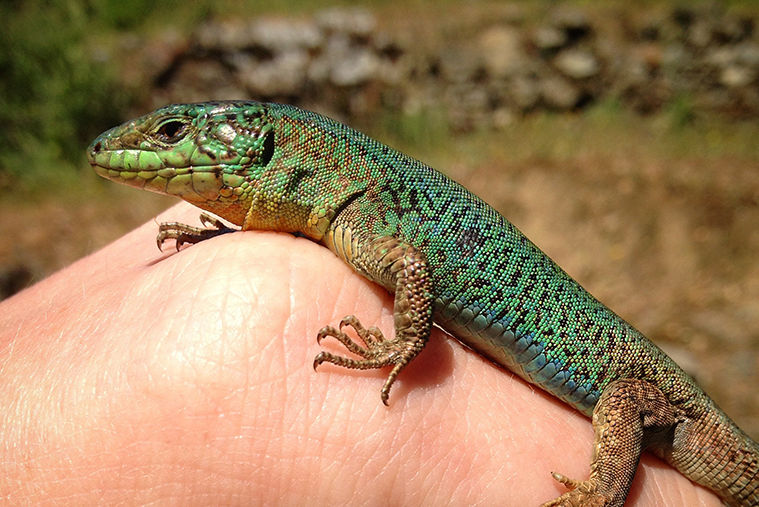By: Connie Cao
Who knew that reptiles could be sentimental? Shingle back lizards often mate with other species of their own kind, according to recent scientific research. One such pair is Ned and Sunny.
The Melbourne Museum in Australia is the home of two Shingleback lizards named Sunny and Ned. The museum asks that people respect their privacy and remain silent. Like any other couple, they are content to be with one another. Among lizards, a bond like this is not unusual. Every year, the same pair will get together to mate, and their union will probably end happily.
Ned rests his head on Sunny’s back, nuzzling her with his nose. The couple stretches and lies together in serenity in the warm sand. Like any other couple, Ned and Sunny are pleased to be in one another’s presence.
However, according to different research by University of Tennessee ethologist Gordon Burghardt, we are biased and often don’t recognize lizard love when we see it. Even without our cultural prejudices, studying reptiles can be challenging. Their shine and inability to interact socially with humans are what makes them so difficult to comprehend.
Scientists are intensively analyzing lizard social behavior using video traps and genetic tests to learn more about the social interactions between lizards It is essential for conservation that experts understand their behavior in order to prevent lizard extinction. Researchers have shown that different family groups provide for their young in different ways.
Another ecologist for behavior points out that chemical communication is highly important.
According to Julia Riley, a behavioral ecologist at Mount Allison University in New Brunswick, Canada, “chemical communication plays a significant impact.” And that’s something you can’t even see, not to mention that it’s extremely challenging to sample from the environment.
People have studied lizards for hundreds of years. The relationship between humans and these reptiles dates back to at least the eighteenth century when Yale neuroscientist Paul Maclean started working on a theory known as “the triune brain hypothesis.” He declared that our brain is made up of three main parts as his experiment’s conclusion; The Paleo-Mammalian Complex, Neopolitan Complex, and Reptillian Complex. This discovery allows us to further discover the brain and how lizard love works.
Sunny and Ned have a distinctive bond. It is referred to be a monogamous long-term partnership. Discovering reptiles relationships can be quite difficult but despite these struggles, scientists are nearing success and are unveiling most of the lizard’s secrets.











